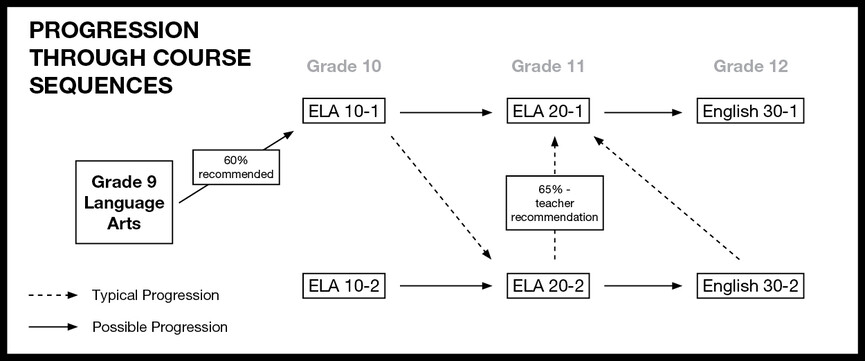English Language Arts (ELA) is more than reading and writing. ELA involves:
- Communicating effectively in various places for many different audiences and reasons
- Selecting appropriate forms, structures and technology for a variety of contexts
- Understanding, appreciating and creating a broad range of texts (including multi-media, visual, oral, and print)

